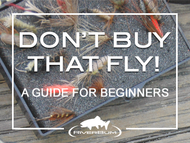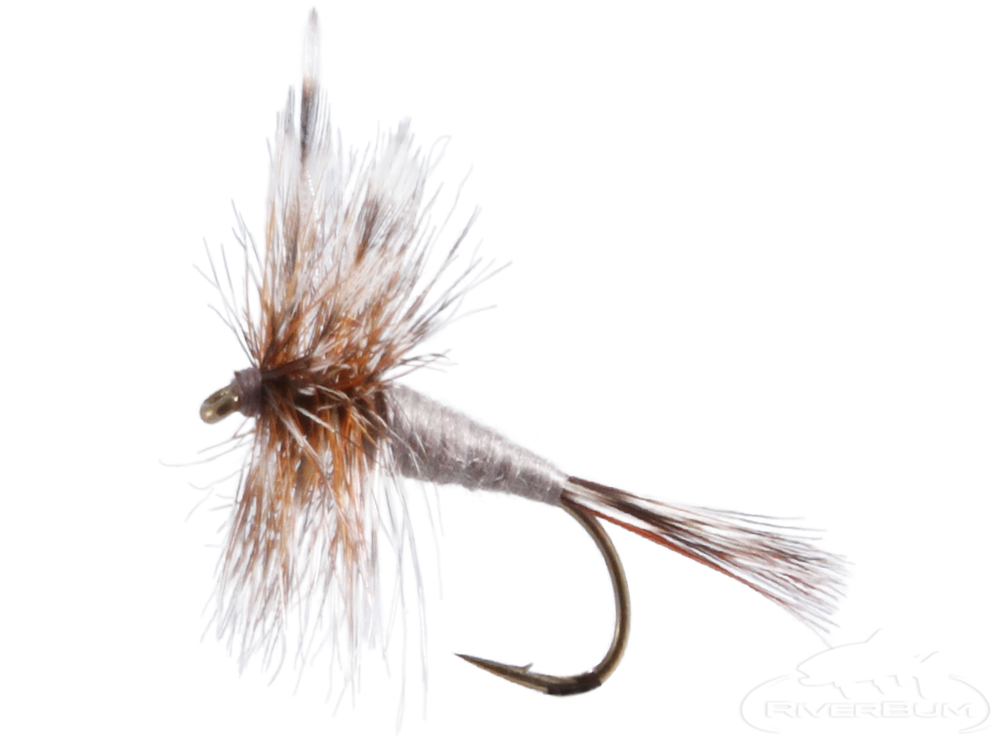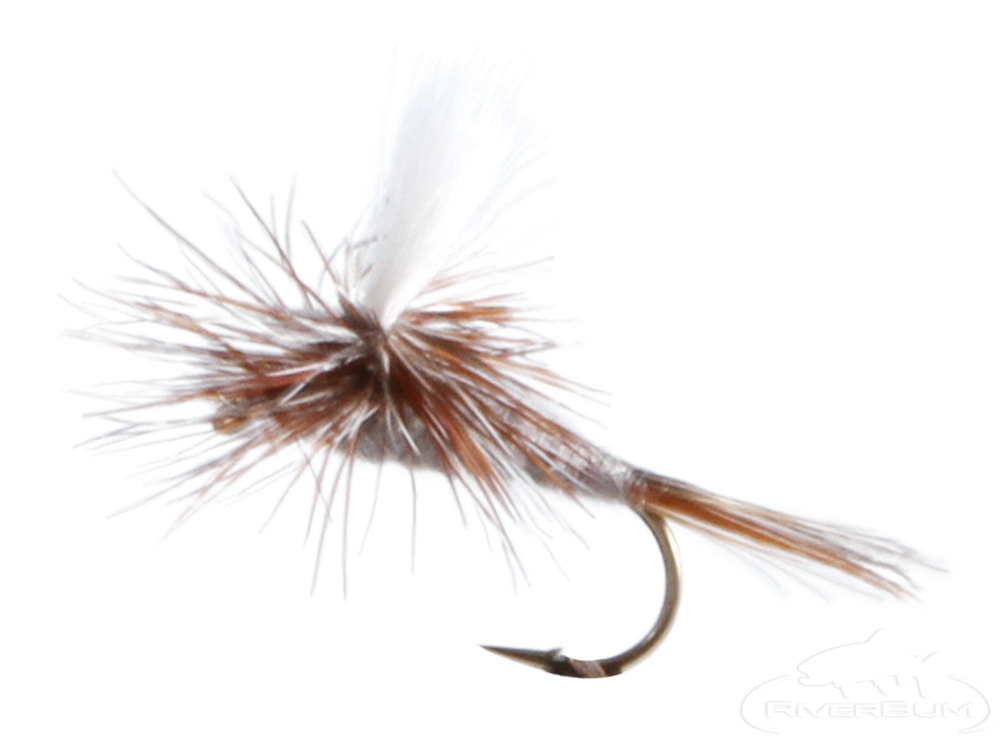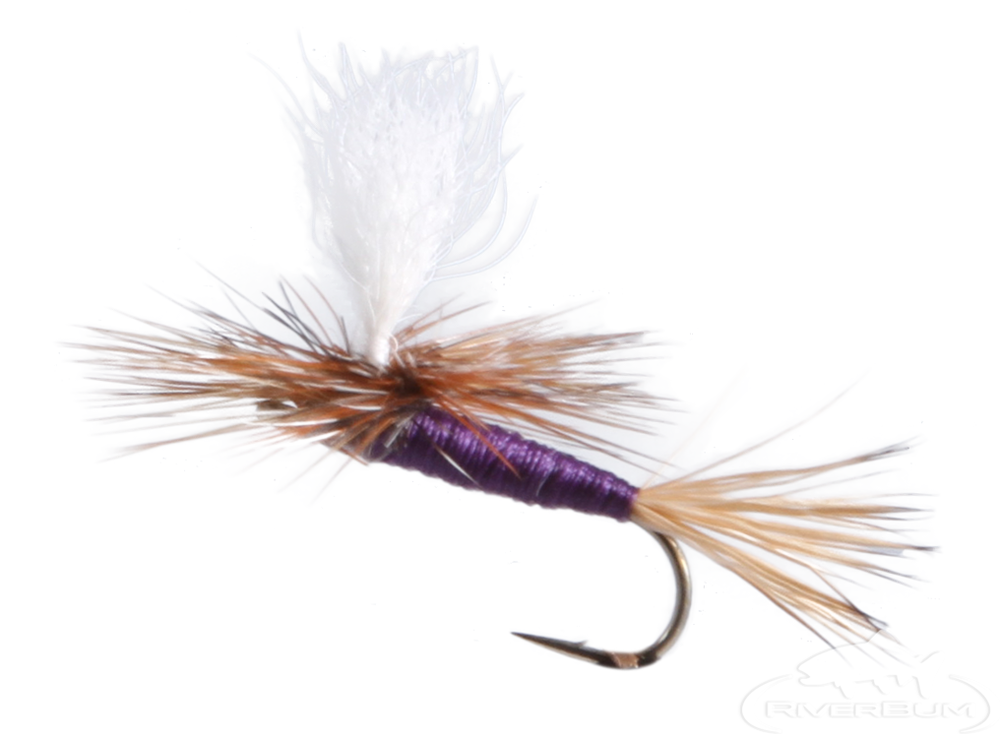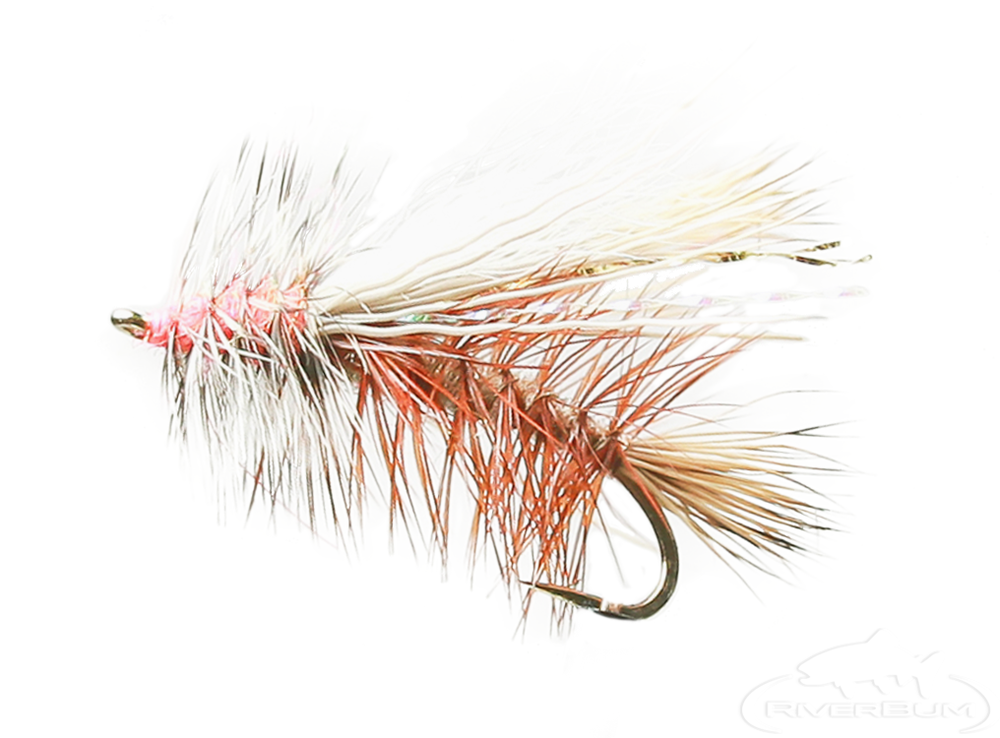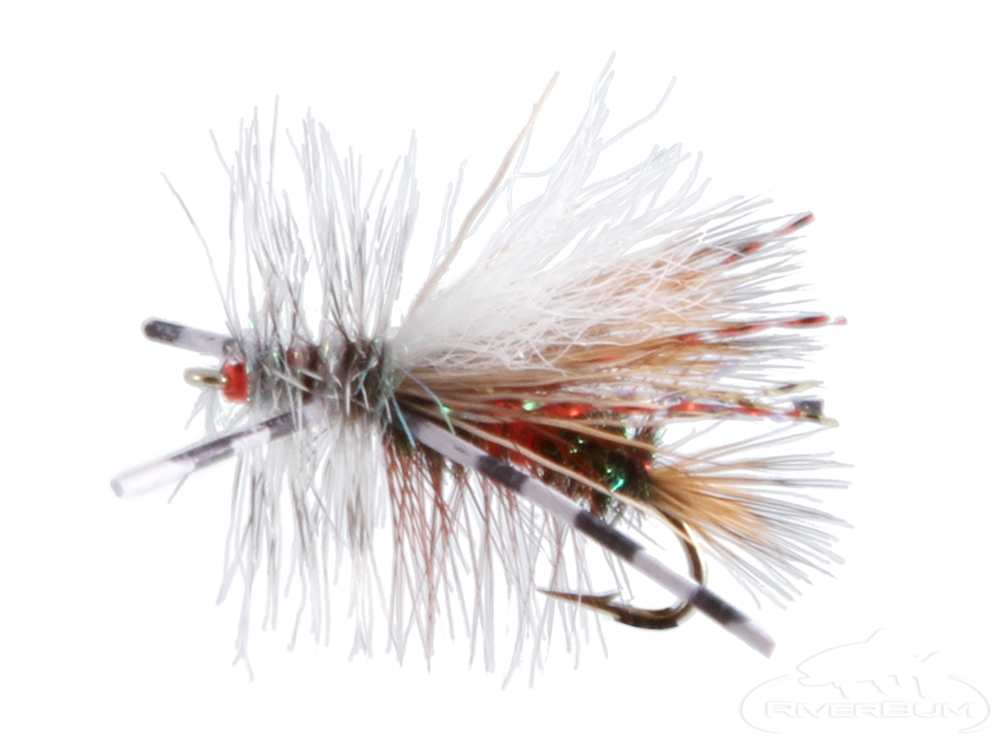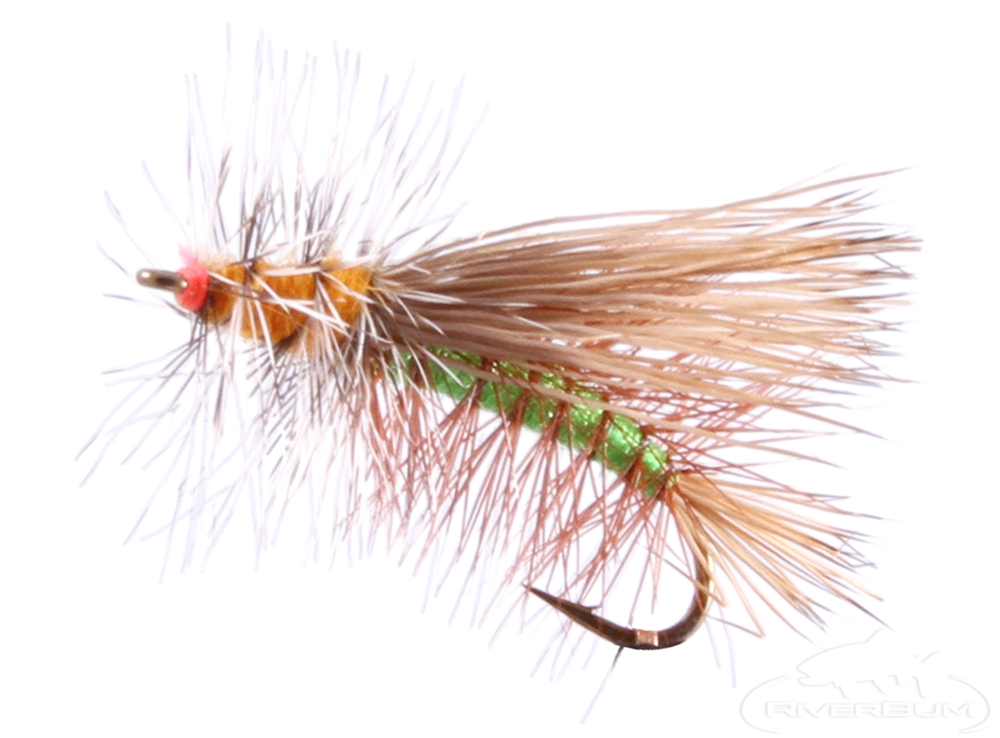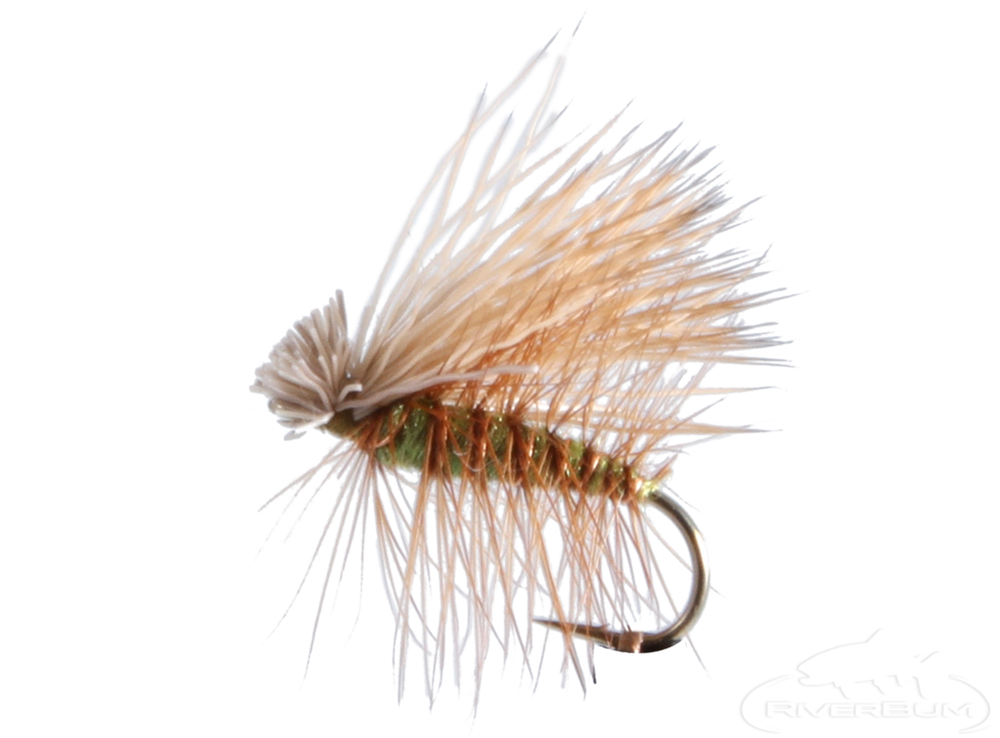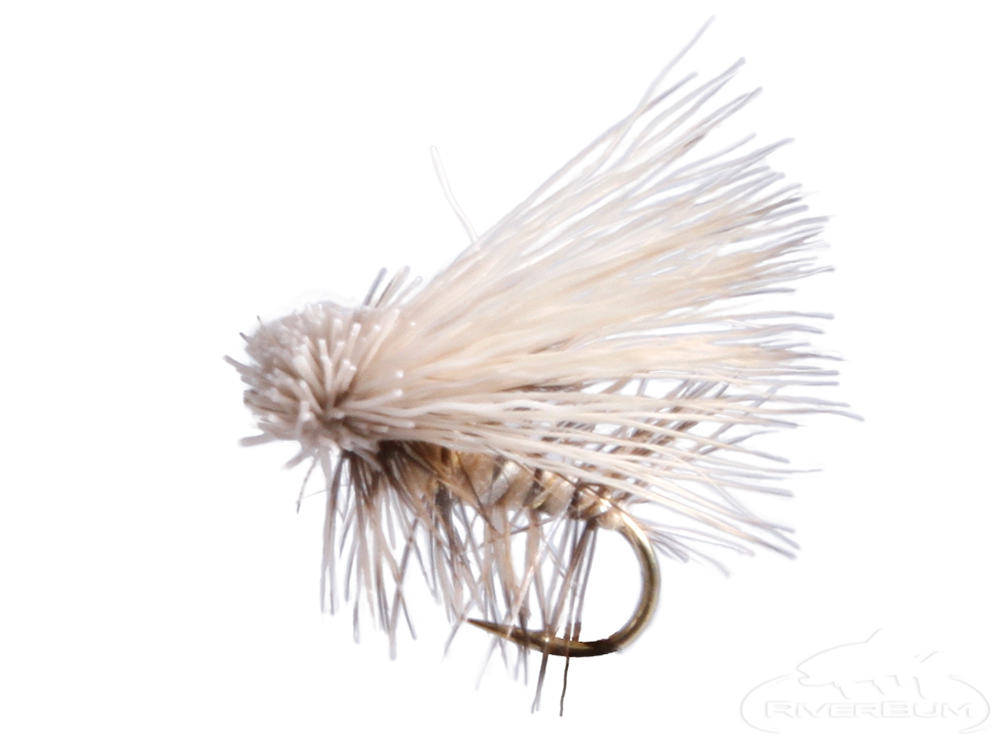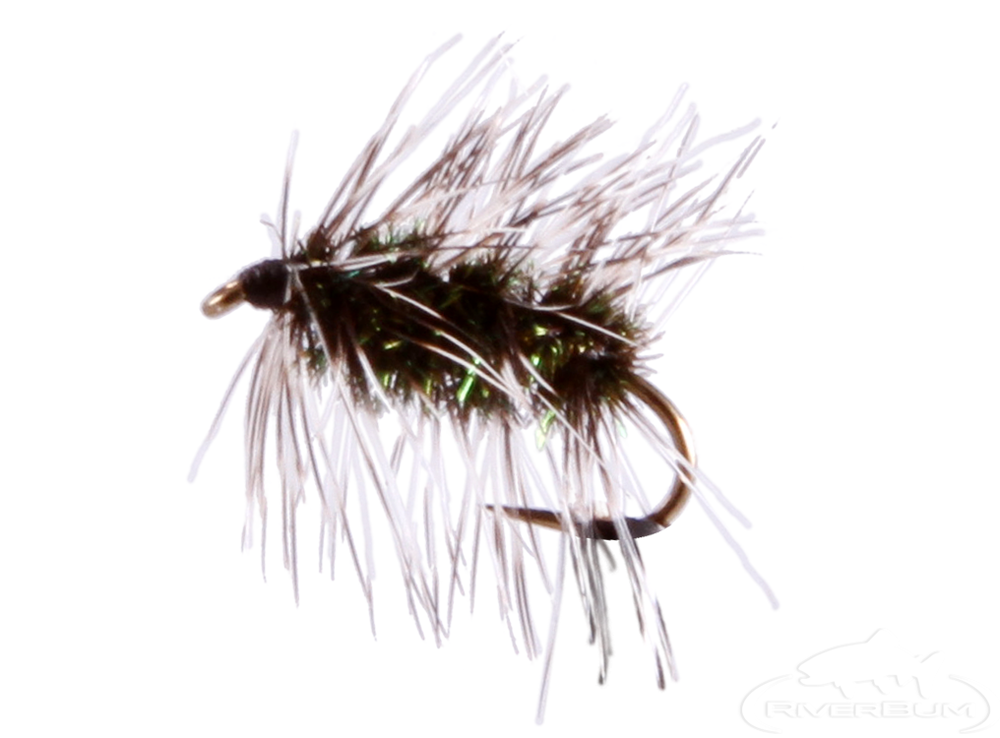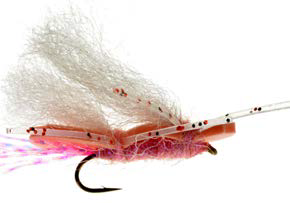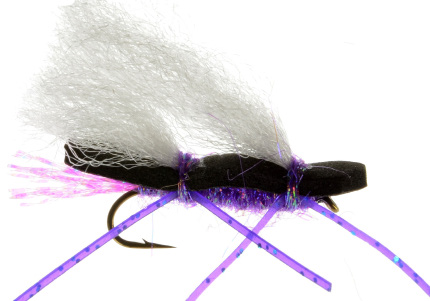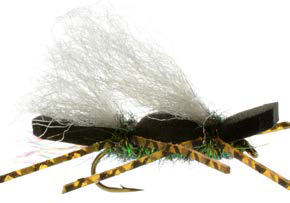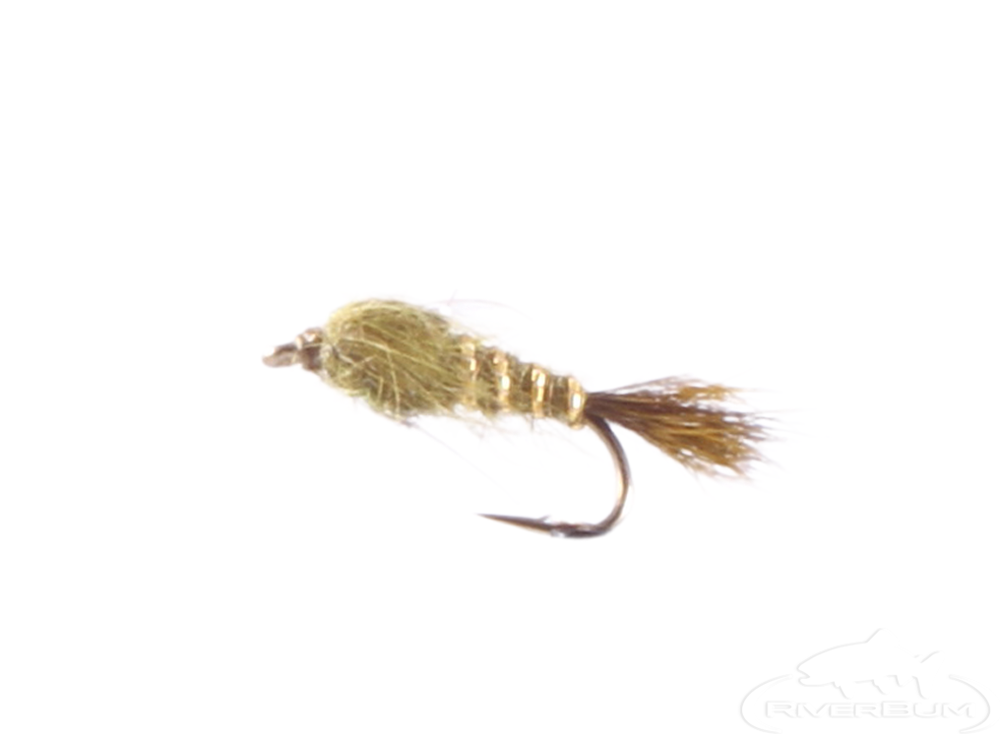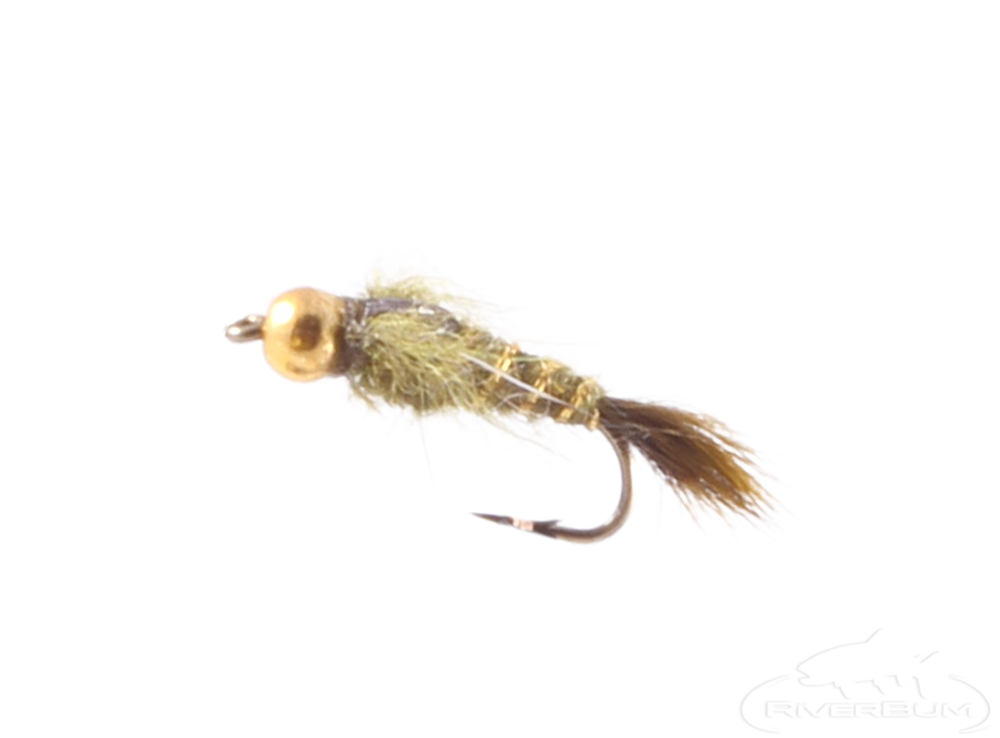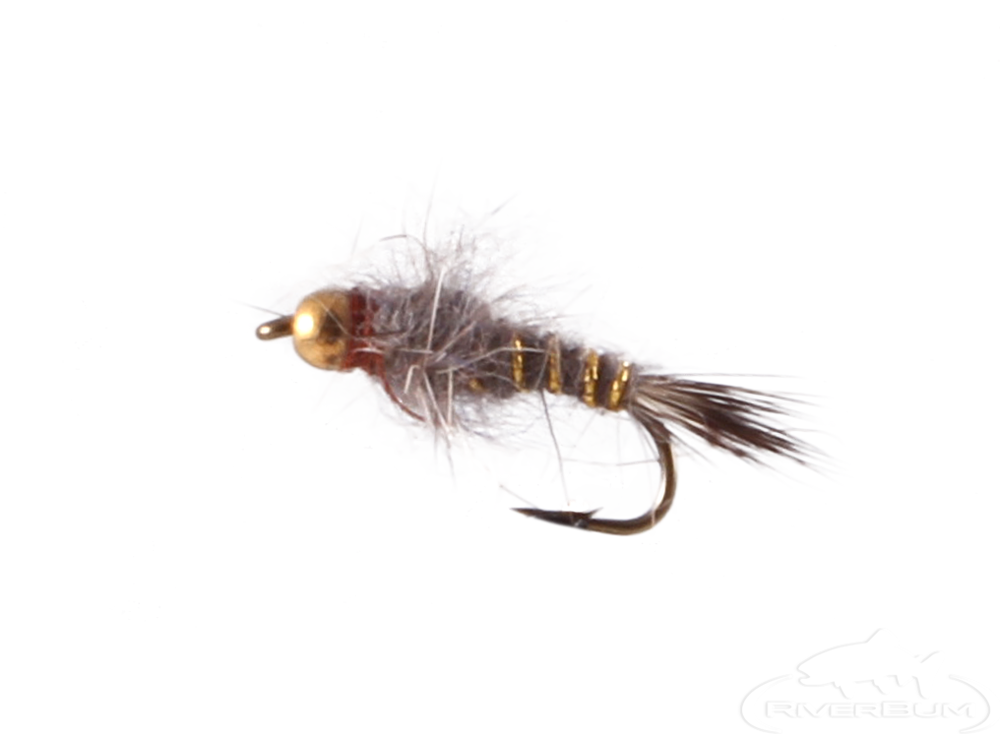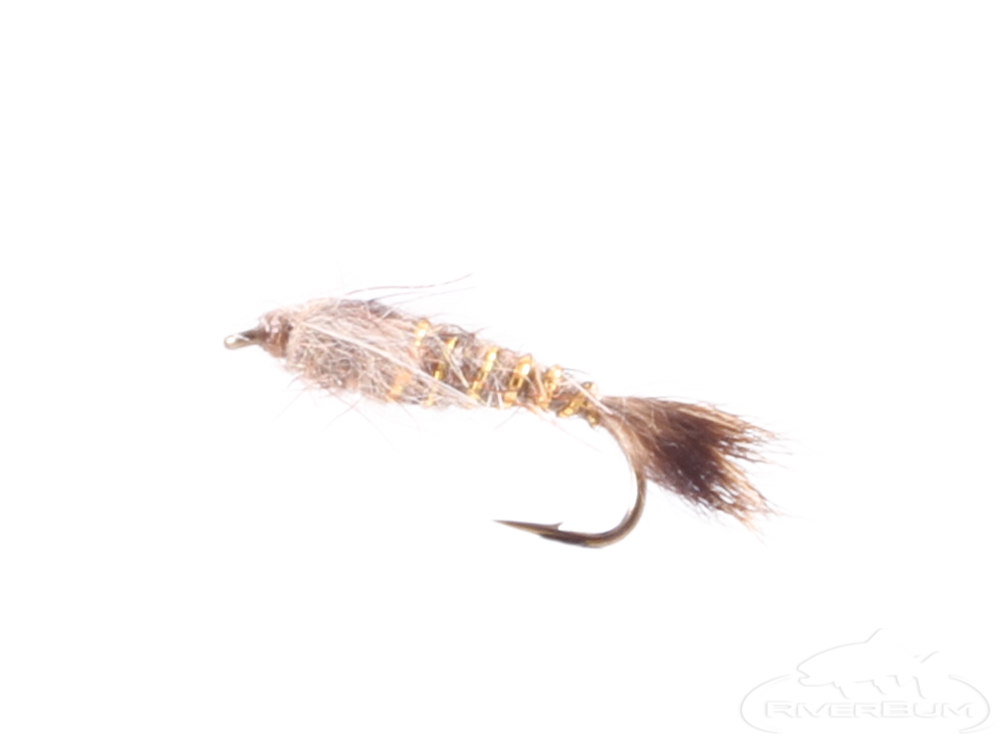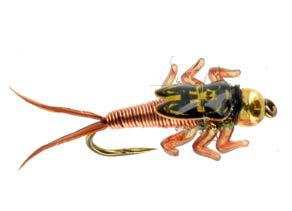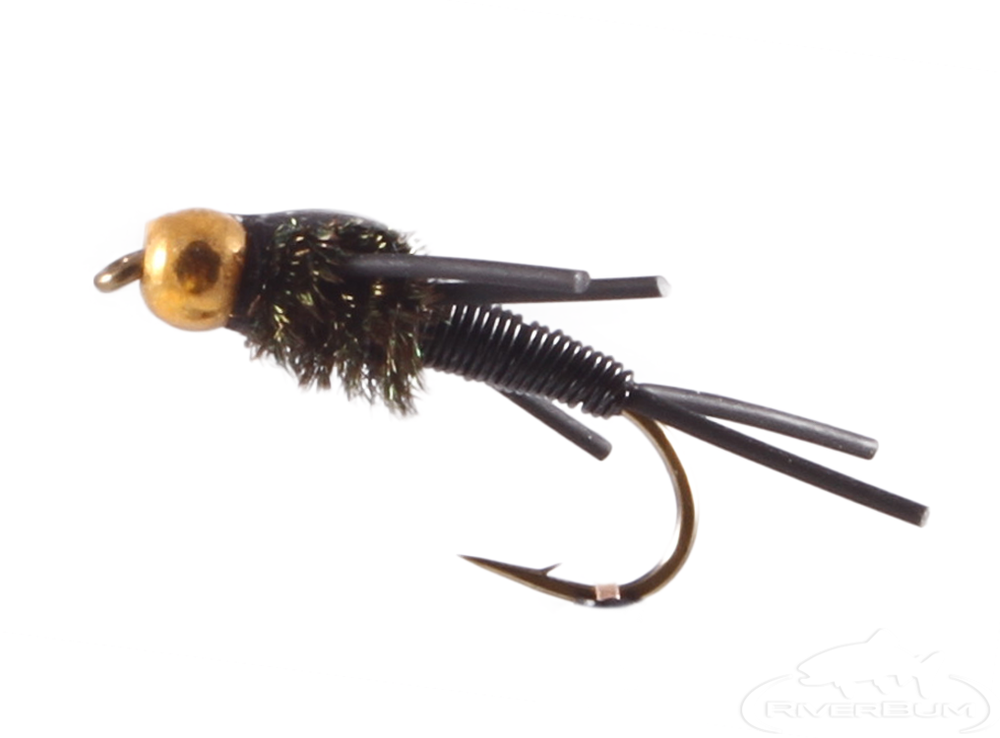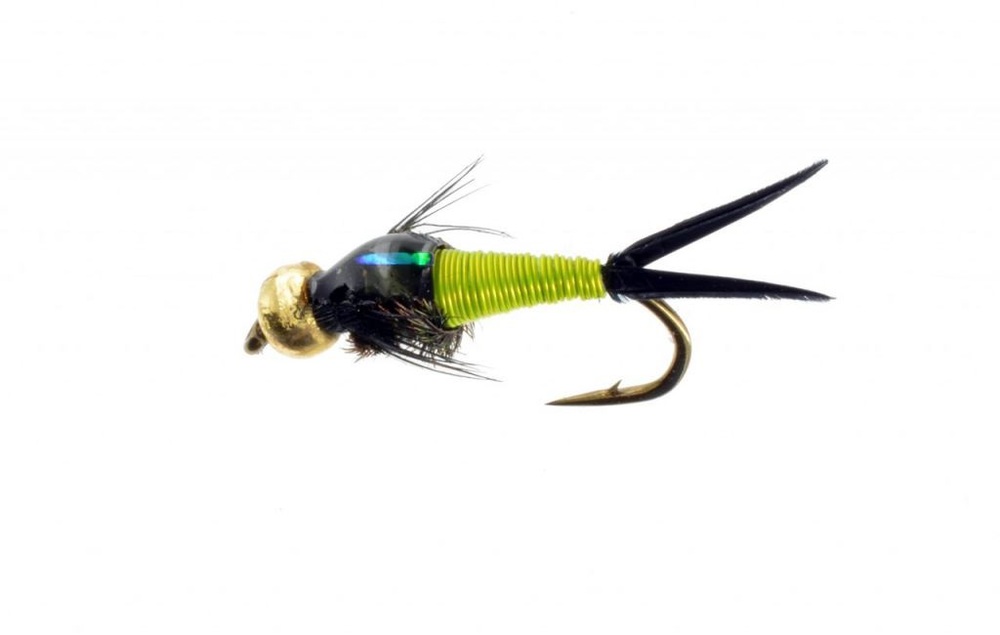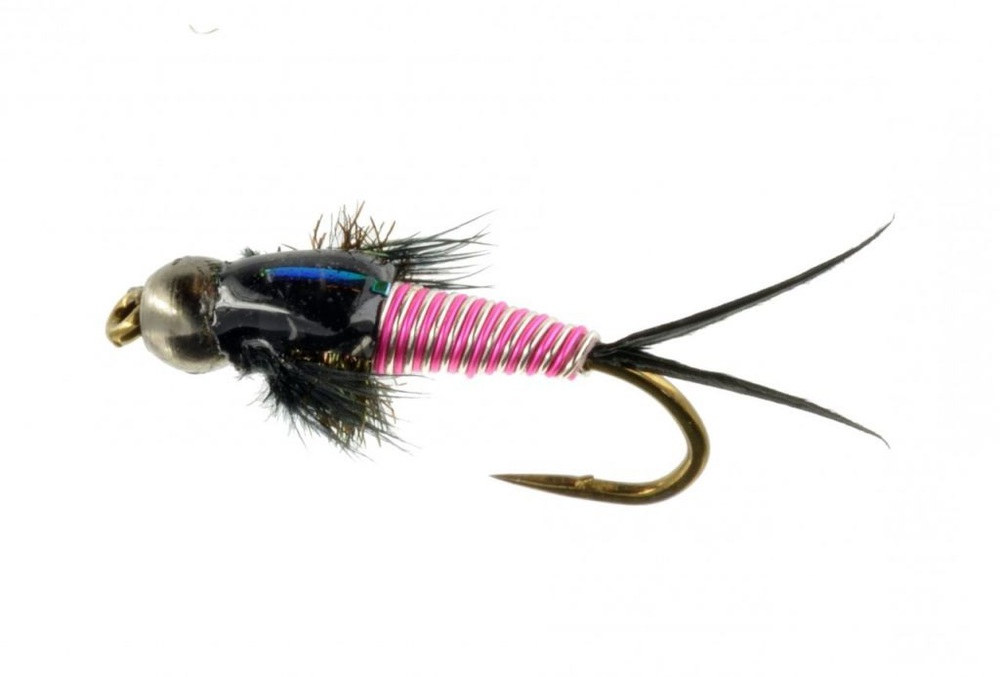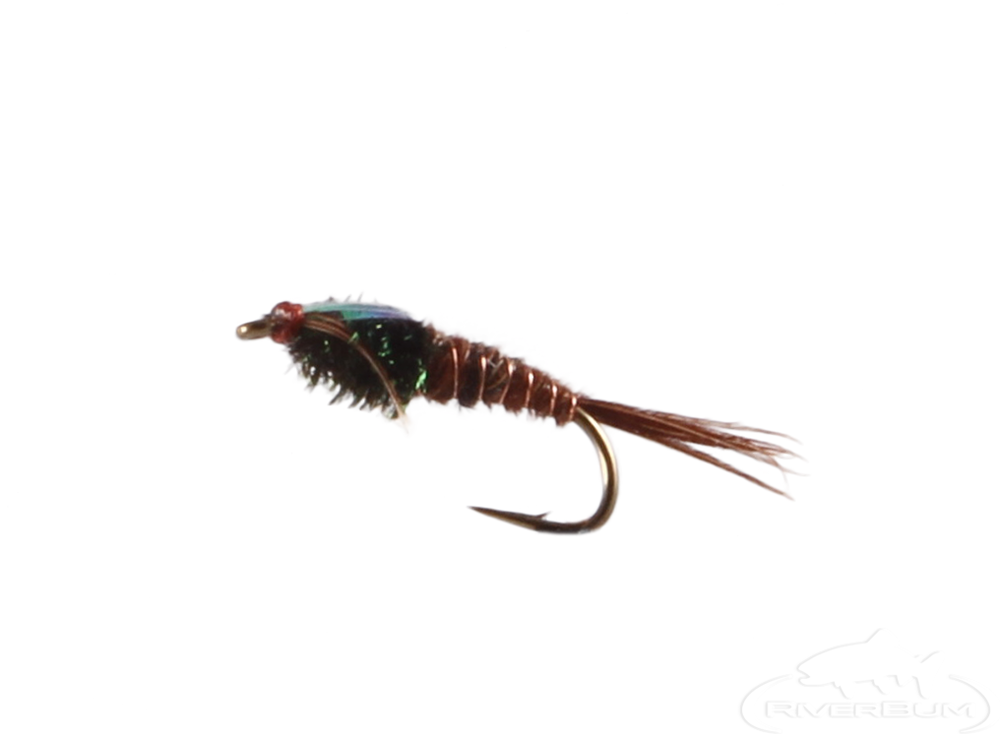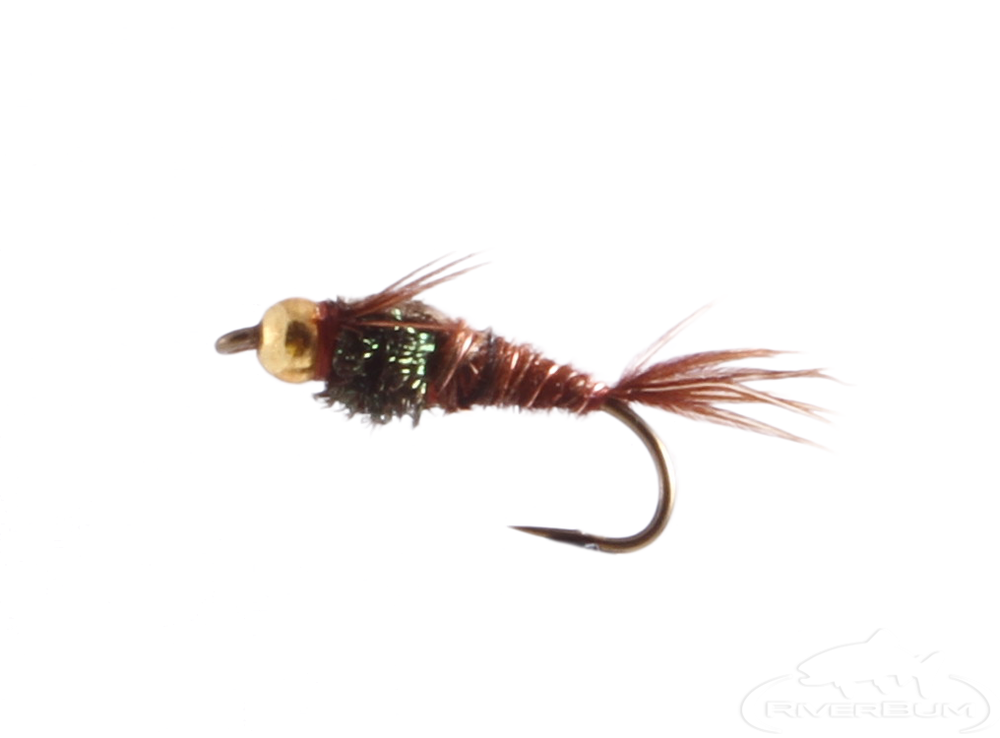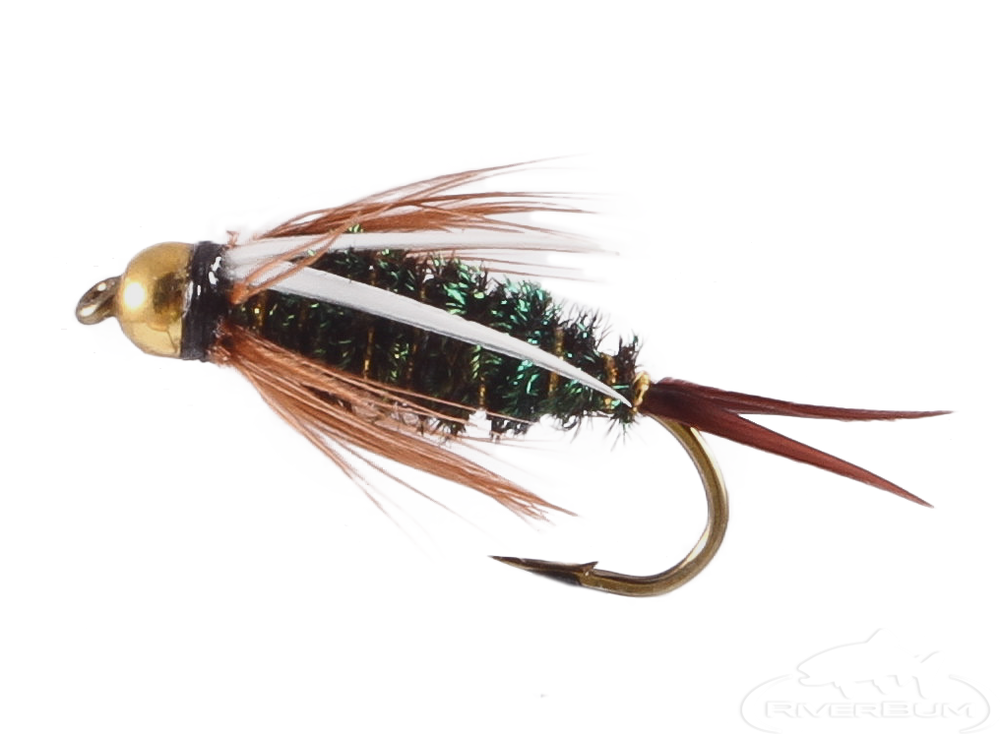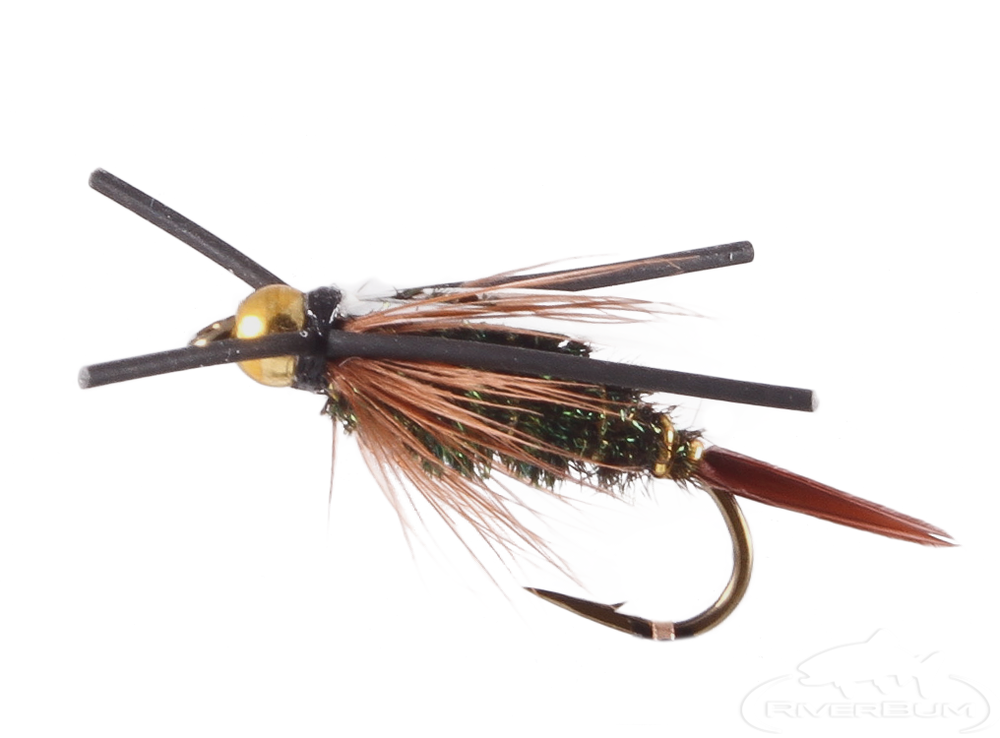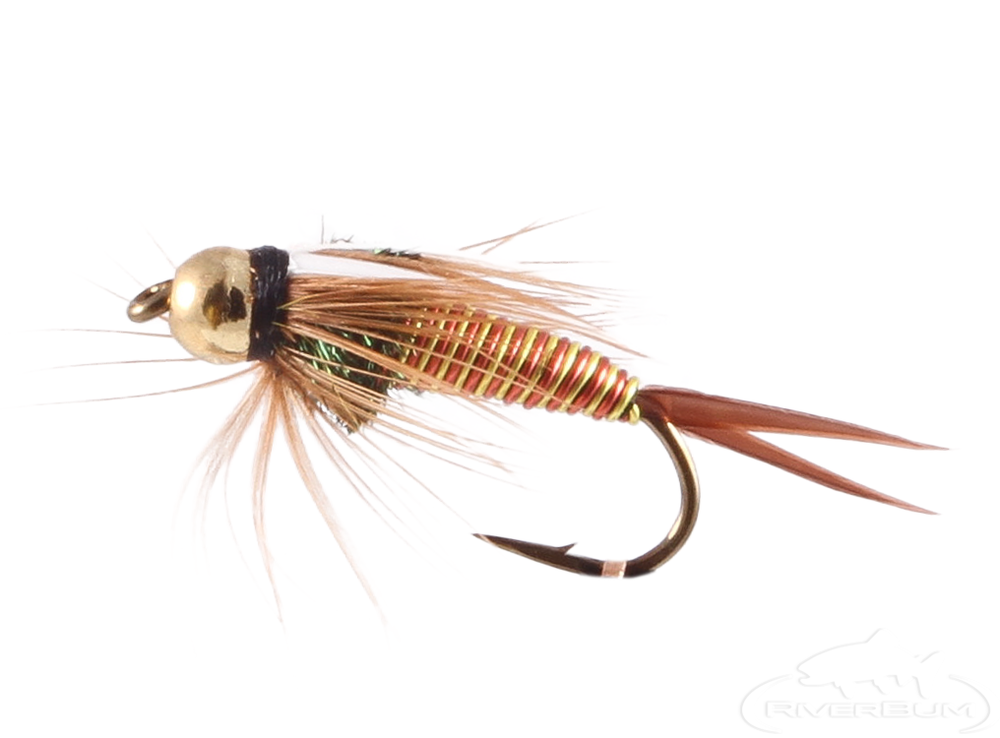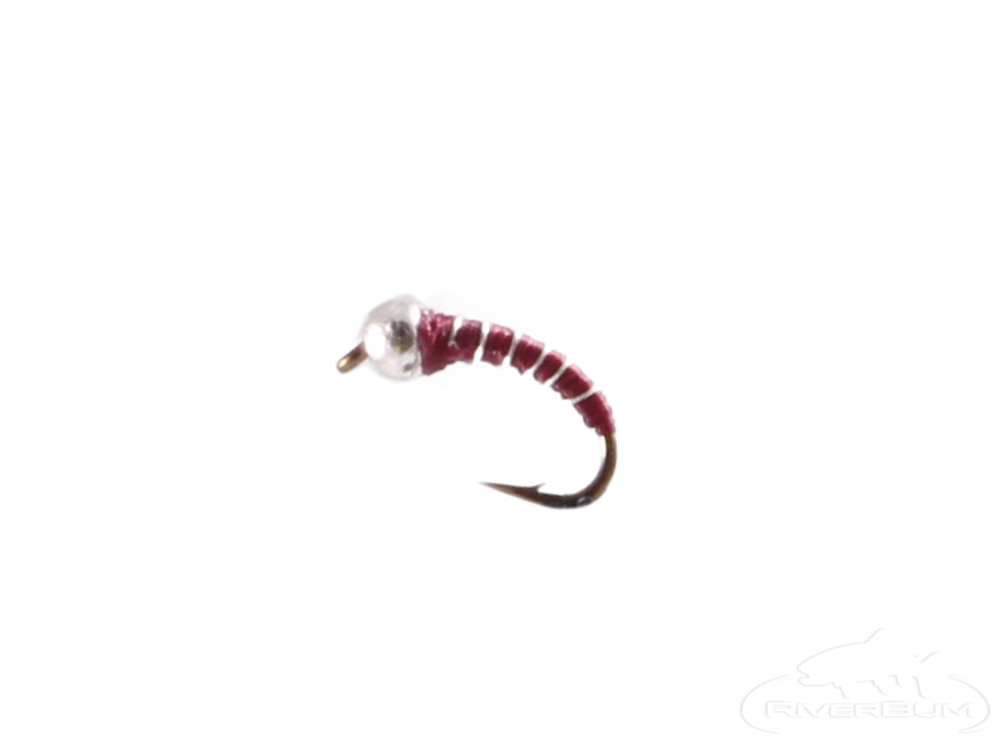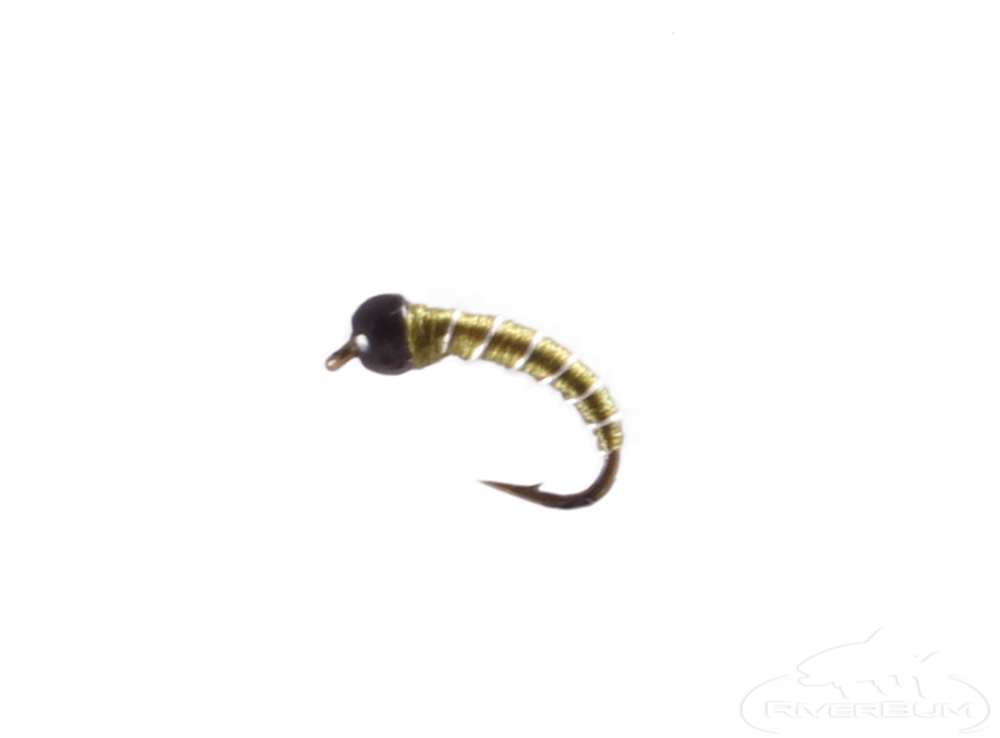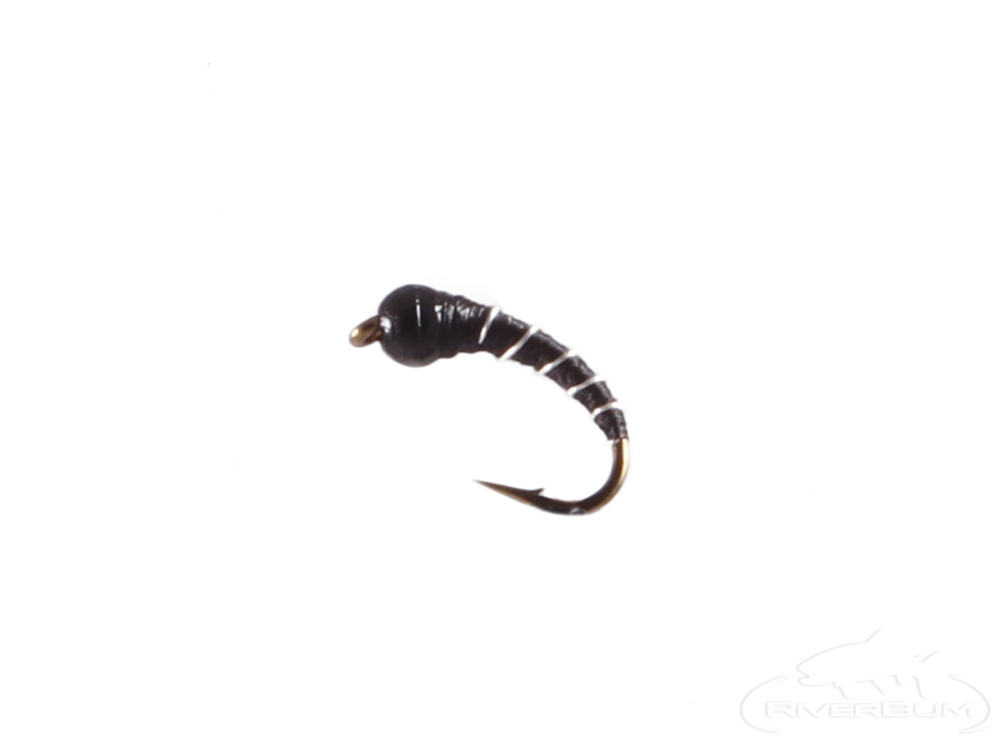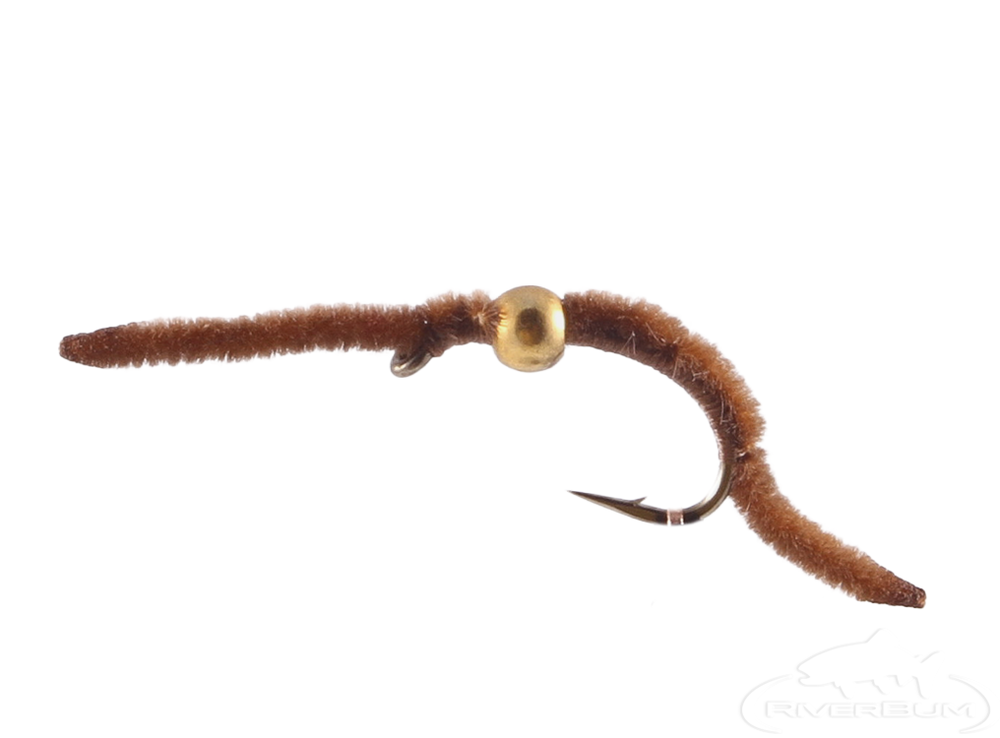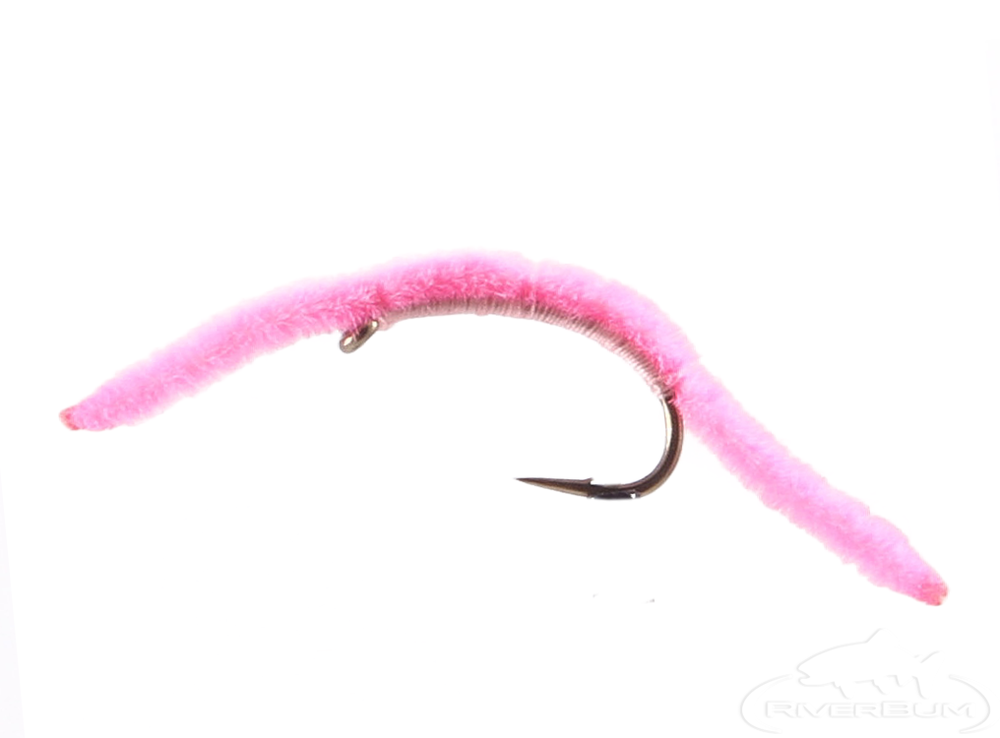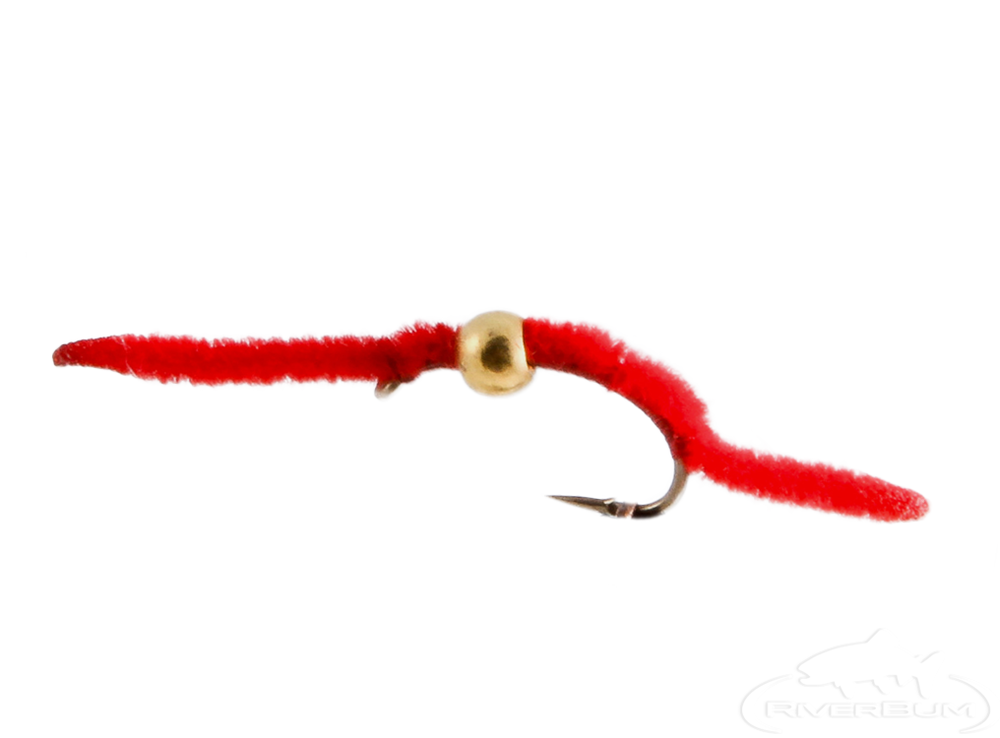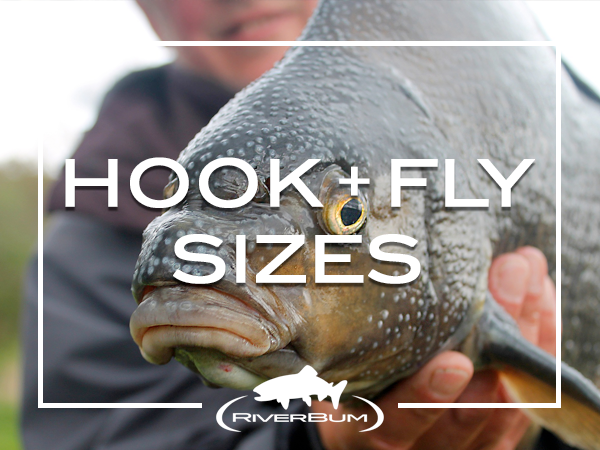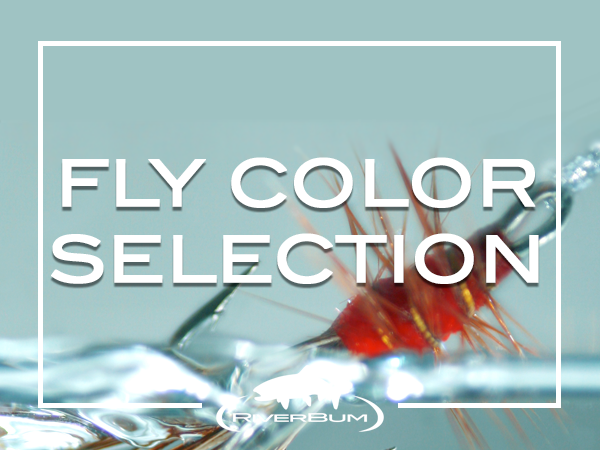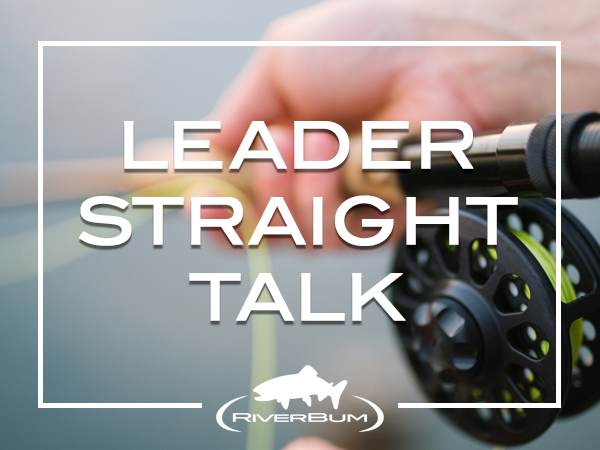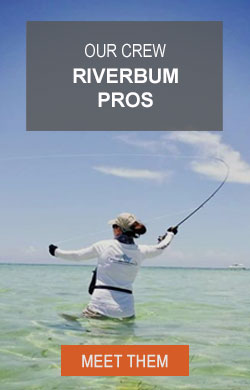Don’t Buy that Fly! A Guide For Beginners
Beginners: Stick with the Essentials
The pure variety of flies on the market today can be overwhelming, especially to the novice fisherman. At RiverBum, we have over 2,500 unique patterns!
The truth is, you don’t need all of them.
Yes, I own a business that sells flies, and I’m telling you that you don’t need all of them. Sound odd? Maybe. The truth is we have flies for every situation, every hatch, and every imaginable body of water. A new fly fisherman just isn’t going to run into all of that.
That being said, what ones do you actually need when you’re just starting out?
Let’s start out with what you don’t need. You don't need streamers. Most novice fisherman aren’t getting into a streamer rod right away. Streamers are the lure of the fly fishing world. Starting out streamer fishing would probably be a mistake.
What you need is an assortment of dry flies and nymphs. Following is a list of what I would recommend and some good info about each fly.
Dry Flies
Adams: (Dry Fly) Most dry flies represent a specific species……except for the Adams. It really doesn’t represent any insect in particular. So why in the world this one? It just happens to be the most potent pattern ever development. It’s buggy, it has a great profile and its neutral colors attract fish. When doubt, throw an Adams. It’s available in multiple wing types. Us the traditional for slower water. The parachute variety is more buoyant and easier to see and is good to use in swifter waters. Size is the crucial element here. Make sure you have a pretty good range from 12 to 22. If you’re on a budget, be sure to have 16 and 20. Feeling daring, try the purple haze variation.
Blue Winged Olive: (Dry Fly) The blue winged olive hatch is the most prolific and consistent mayfly hatch. In certain areas of the country, it can start in February and run all the way through late fall. No matter what time of year you are fishing, there will always be a BWO hatch. You simply don’t go to a stream without a variety of these in your box. Just like the Adams, use the parachute in faster current.
Stimulator: (Dry Fly) The job of a stimulator is to attract fish and bring them to the surface. They fish well on their own or as part of a tandem rig. If you’re new to the sport, a tandem rig has a large attractor as the lead fly, and a smaller trail fly imitating the current hatch. Check out The Two Fly Guy for more info. The stimulator can represent everything from a stonefly to a hopper. It drifts high up on the water. This is a fantastic fly for both trout and smallmouth.
Elk Hair Caddis: (Dry Fly) Two friends of mine, Nino and Jim, see to only tie on an Elk Hair Caddis. They swear by them. For good reason. Almost every river in the world has some semblance of the caddis fly hatch. Similar to the stimulator, this fly floats very high up on the surface of the water, just like the natural. Caddis hop and dance on the water. The buoyancy of the fly when properly dress in unmatched. It can skate and jitterbug across the surface just like the natural. For me, tan and olive are must haves in my fly box. Start off with 12, 14 and 16 and you should have it 80% covered.
Griffiths Gnat: (Dry Fly) I debated whether or not to include this fly. Not because of its fish catching ability. Quite the contrary, this pattern catches fish all over the world. The reason is that there are times on the water when it seems like nothing is working and trout are feeding on gnats. This is a tough bug to see. You’re probably fishing it by itself. If you’re fishing it as a cluster, the 16 and 18 are visible, but if you going small ball, the 20 and the 22 can be tough as blazes to see…..and trout typically sip these insects…..no big splash to see. Never the less, it is a top producing pattern and one that should be in ever fly box. For the beginner, probably not the first fly I would buy, but it needs to be on the list.
Chernobyl Ant: (Dry Fly) Ahhh, the flip flop floating down the river! This is a great attractor pattern that can be used for stoneflies, ants, and hoppers. It’s a big meal for hungry trout. There are no dainty takes with this bug. The fish absolutely crush it….making for some very exciting fishing. I bring this bug out starting in May depending on the timing of the salmonfly hatch and will fish it into September. The secret to this bug is you want it in faster water or to splash it against a bank with deep cut outs. If trout have a long time to stare at it, they’ll probably turn their noses up to it. You want to use this fly to cover a lot of water quickly. It’s a great fly for float fishing in that way. Drop it right under a bank where the big browns hide….I think you get the idea. It’s an attractor so a variety of colors work well. I’ve done very well on pink, purple and peacock.
Nymphs
Hares Ear: (Nymph) Another fly that doesn’t represent anything in particular, the Hares Ear can represent a stonefly emerger, a caddis, even a small crustacean. This is a very versatile nymph that is a top producer. As a general rule, you want darker colors in darker water. Lighter colors in lighter water. I personally lean towards the olive colors. Why? Well, olive fishes well in both clear water and dark water. This is likely because 60% of aquatic insects have some semblance of olive coloration. So if you don’t know exactly what they are eating….think olive. An important point on all nymphs, you want a bead head for faster water and to get the fly down quick. When a more stealthy approach is needed in slower water and spring creeks, choose the variety without the bead.
Copper John: (Nymph) Named after inventor John Barr, the combination of a lead wrapped core, wire wrapped body and a bead head means this fly will get to where the fish are….and fast. This fly works under all hatch conditions, but more closely represent a stonefly. The traditional copper color is extremely effective, but follow you color selection criteria. For more info on color selection, you can check out this recent article: What fish see
Pheasant Tail: (Nymph) Another very versatile fly, and a fantastic mayfly imitation. The peacock thorax and pearl flash wing case on this nymph also gives it a bit of iridescent flash that makes it an effective attractor fly and a great searching pattern. I got to this fly in a tandem rig with regularity, it just simply catches fish.
Prince Nymph: (Nymph) Doug Prince developed this fish catching darling in the 1930s, and it is still a consistent producer wherever there are stoneflies to be had. The white wings contrasted again the peacock herl body give it great contrast making it a great attractor pattern. I’d stick with the traditional here for starters with and without the bead. However, there's a full range of attractive colors and patterns to consider. Water conditions again play a big part.
Zebra Midge: (Nymph) This pattern imitates a chironomid midge that lives in silt and dust of lakes and rivers. Similar to BWO’s of the dry fly world, this midge comes off year round. Often in the winter, you are fishing a San Juan Worm and a Zebra Midge. There’s a variety of colors and sizes for any given situation. For the new fisherman, I’d look towards the color chart again for your body of water. I have found the maroon and red exceptionally effective as well as the olive. Those are my favorite. I also hear other anglers swear by the black. I don’t think you can go wrong with either color. While size ranges can be fairly broad, I’d start small first going with a 20. As you get more experience, you can branch out to other sizes.
San Juan Worm: (Wet Fly) Some fishing purist call using a San Juan Worming cheating. I for one couldn’t care less what the purist have to say. My goal for RiverBum is to open the sport up to all. I couldn’t care less about what a few snobs have to say. The fact is, there are aquatic worms in all water bodies. Rivers, lakes, the ocean….everything. Worms are present in the water all year long. Winter, yup….Summer…you betcha. If you’re struggling to catch fish, put on a worm. I routinely use red, brown, and pink. A couple size of each is just fine. Start off with 10 and 16 and you’re good to go.
This is far from an exhaustive list.
There’s no streamers, emergers, poppers, hoppers and certainly no lions and tigers and bears oh my!
I had a couple of goals writing this blog. When I first started out I grabbed a few flies here and there and tried a little of everything…and wasted a bunch of money.
I wanted to put together a nice starter list that covered a variety of situations for the beginner. Something I wish I had. Secondly, I realize most people are on a budget. I wanted to keep the list as small as possible, while covering as much as possible.
Related Blog Articles:

